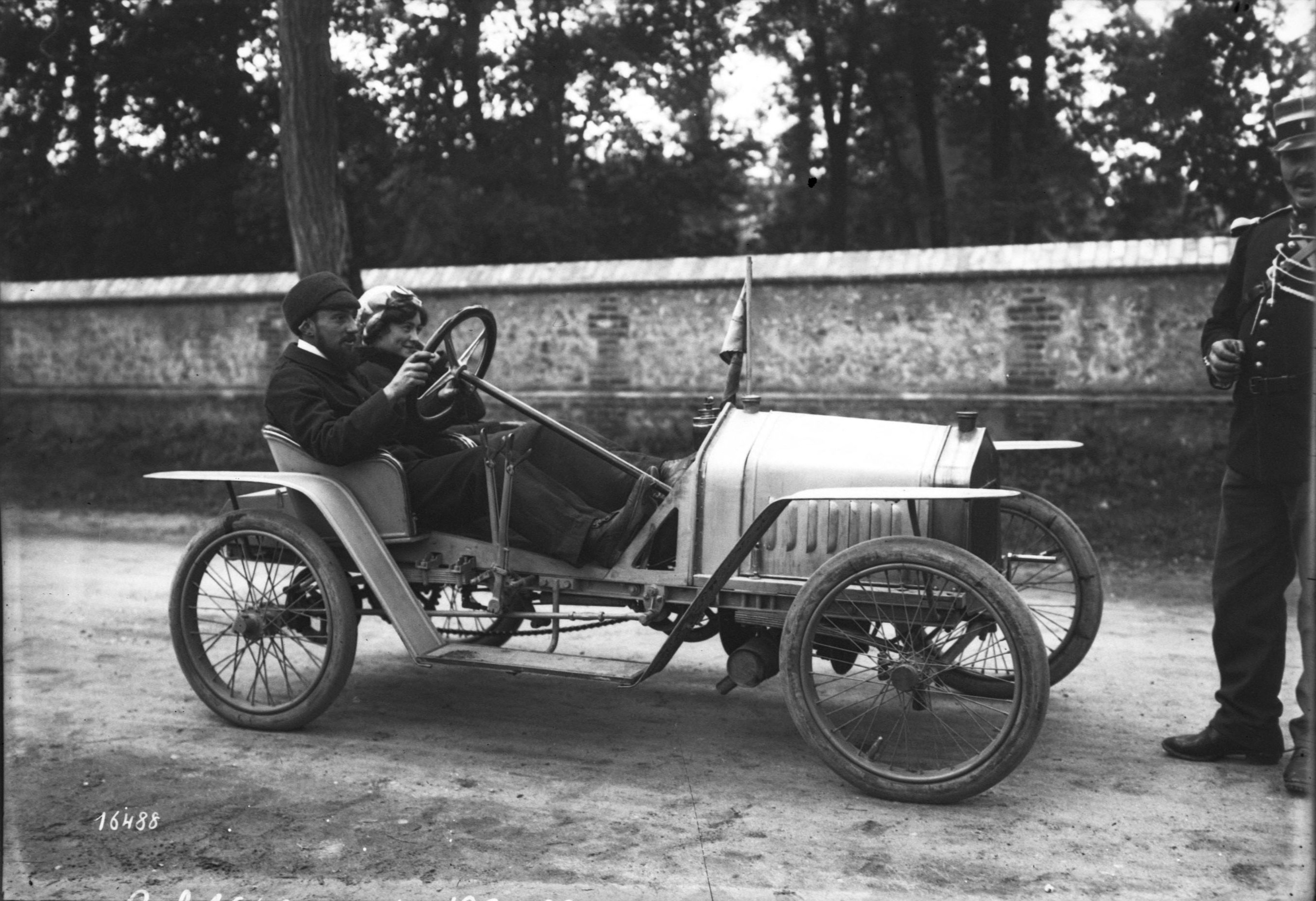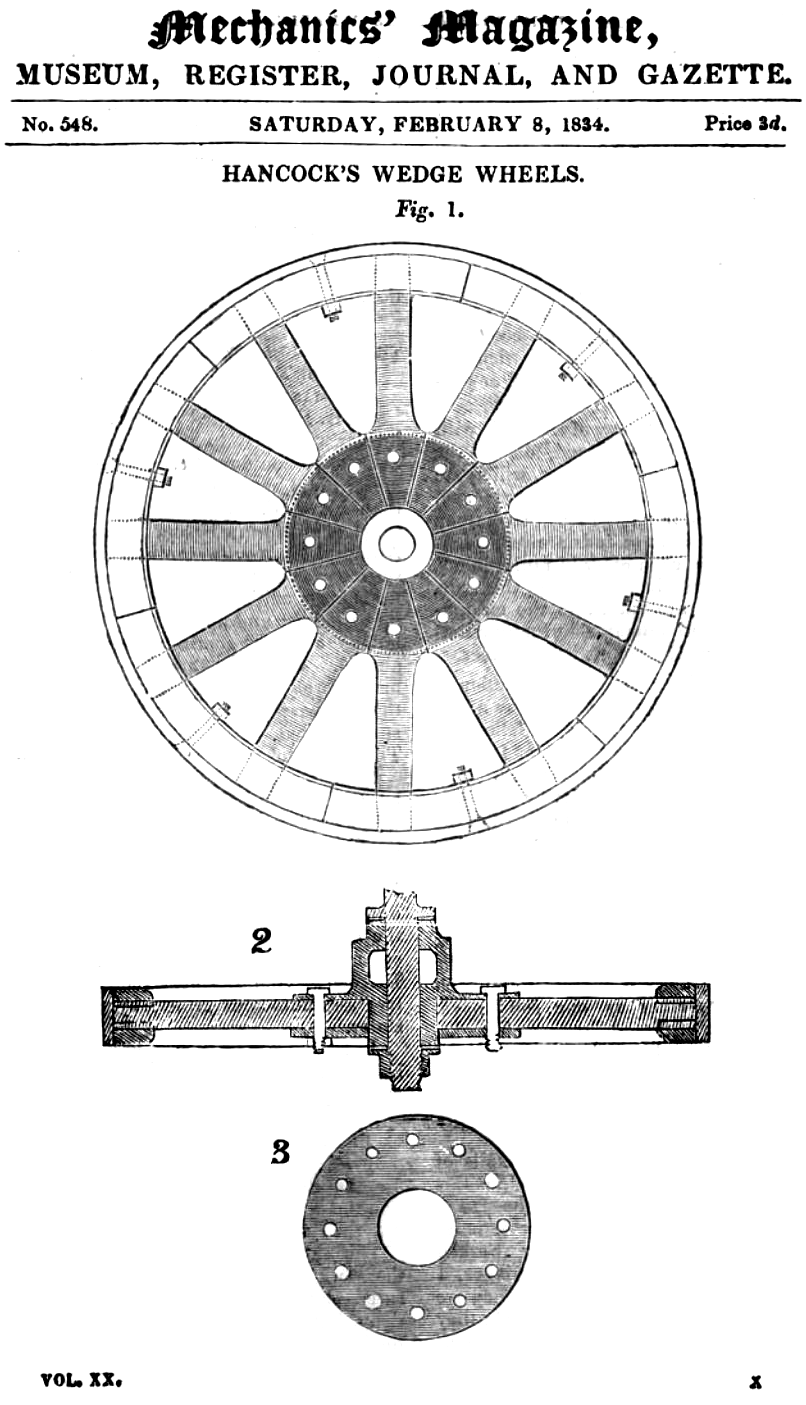|
Castle Three
The Castle Three was a British three-wheeled cyclecar made from 1919 to 1922 by the Castle Motor Company of Castle Mill Works, New Road, Kidderminster, Worcestershire. History The company was originally a car repair business founded in 1906 by brothers Stanley and Laughton Goodwin but grew to make munitions during World War I and entered the car building business with the coming of peace and the post-war boom. The cars The car was aimed at the top end of the Cyclecar market and so was fitted with a four-cylinder, water-cooled engine. The first batch of cars had side-valve, straight four, Dorman engines of 1094 cc with the remainder using Belgian Peters 1207 cc engines. These were in-unit with a gearbox, either of two-speed epicyclic or three-speed conventional type and drove the single rear wheel by a shaft and bevel gears. The open two-seater body with dickey seat had a smart nickel-plated radiator and electric lighting and was attached on a chassis with the suspe ... [...More Info...] [...Related Items...] OR: [Wikipedia] [Google] [Baidu] |
Cyclecar
A cyclecar was a type of small, lightweight and inexpensive car manufactured in Europe and the United States between 1910 and the early 1920s. The purpose of cyclecars was to fill a gap in the market between the motorcycle and the car. A key characteristic was that it could only accommodate two passengers sitting tandem style or passenger behind the driver. The demise of cyclecars was due to larger cars – such as the Citroën Type C, Austin 7 and Morris Cowley – becoming more affordable. Small, inexpensive vehicles reappeared after World War II, and were known as microcars. Characteristics Cyclecars were propelled by engines with a single cylinder or V-twin configuration (or occasionally a four cylinder engine), which were often air-cooled. Sometimes motorcycle engines were used, in which case the motorcycle gearbox was also used. All cyclecars were required to have clutches and variable gears. This requirement could be fulfilled by even the simplest devices su ... [...More Info...] [...Related Items...] OR: [Wikipedia] [Google] [Baidu] |
Kidderminster
Kidderminster is a large market and historic minster town and civil parish in Worcestershire, England, south-west of Birmingham and north of Worcester. Located north of the River Stour and east of the River Severn, in the 2011 census, it had a population of 55,530. The town is twinned with Husum, Germany. Situated in the far north of Worcestershire (and with its northern suburbs only 3 and 4 miles from the Staffordshire and Shropshire borders respectively), the town is the main administration centre for the wider Wyre Forest District, which includes the towns of Stourport-on-Severn and Bewdley, along with other outlying settlements. History The land around Kidderminster may have been first populated by the Husmerae, an Anglo-Saxon tribe first mentioned in the Ismere Diploma, a document in which Ethelbald of Mercia granted a "parcel of land of ten hides" to Cyneberht. This developed as the settlement of Stour-in-Usmere, which was later the subject of a territorial dispute ... [...More Info...] [...Related Items...] OR: [Wikipedia] [Google] [Baidu] |
Dickey Seat
A rumble seat (American English), dicky (dickie/dickey) seat (British English), also called a mother-in-law seat, is an upholstered exterior seat which folded into the rear of a coach, carriage, or early motorcar. Depending on its configuration, it provided exposed seating for one or two passengers. History Additional occasional seating appeared in the latter centuries of evolution of the coach and carriage. The 1865 edition of Webster's ''An American Dictionary of the English Language'' defines a dickie seat or rumble as "A bootBoot, ''n.'' ...3. A box or receptacle covered with leather at either end of a coach. The term "boot" is still used in British English, but elsewhere, including North America, this is called the " trunk". with a seat above it for servants, behind a carriage." Similar to the dickie seat on European phaetons was the ''spider'', a small single seat or bench on spindly supports for seating a groom or footman. Before World War I, dickie or rumble se ... [...More Info...] [...Related Items...] OR: [Wikipedia] [Google] [Baidu] |
Artillery Wheel
The artillery wheel was a nineteenth-century and early-twentieth-century style of wagon, gun carriage, and automobile wheel. Rather than having its spokes mortised into a wooden nave (hub), it has them fitted together in a keystone fashion with miter joints, bolted into a two-piece metal nave. Its tyre is shrunk onto the rim in the usual way but it may also be bolted on for security. The design evolved over the nineteenth and early twentieth century, and was ultimately imitated in drawn steel for auto wheels which sometimes show little immediate resemblance to most of their design ancestry. Wood artillery wheels Wheels with wood spokes fitted together in a keystone fashion with miter joints, bolted into a two-piece metal nave, were called "wedge wheels" by Walter Hancock who described them in 1834, as he used them on his steam-powered road vehicles. In response to Hancock's description, John Robison said he had wheels of the same description built in 1811 for artillery carri ... [...More Info...] [...Related Items...] OR: [Wikipedia] [Google] [Baidu] |
Three-wheeler
A three-wheeler is a vehicle with three wheels. Some are motorized tricycles, which may be legally classed as motorcycles, while others are tricycles without a motor, some of which are human-powered vehicles and animal-powered vehicles. Overview Many three-wheelers which exist in the form of motorcycle-based machines are often called trikes and often have the front single wheel and mechanics similar to that of a motorcycle and the rear axle similar to that of a car. Often such vehicles are owner-constructed using a portion of a rear-engine, rear-drive Volkswagen Beetle in combination with a motorcycle front end. Other trikes include that are specially constructed for off-road use. Three-wheelers can have either one wheel at the back and two at the front (2F1R), (for example: Morgan Motor Company) or one wheel at the front and two at the back (1F2R) (such as the Reliant Robin). Due to better safety when braking, an increasingly popular form is the front-steering "tadpole" or ... [...More Info...] [...Related Items...] OR: [Wikipedia] [Google] [Baidu] |
Roadster (automobile)
A roadster (also spider, spyder) is an open two-seat car with emphasis on sporting appearance or character. Initially an American term for a two-seat car with no weather protection, usage has spread internationally and has evolved to include two-seat convertibles. The roadster was also a style of racing car driven in United States Auto Club (USAC) Championship Racing, including the Indianapolis 500, in the 1950s and 1960s. This type of racing car was superseded by rear-mid-engine cars. Etymology The term "roadster" originates in the United States, where it was used in the 19th century to describe a horse suitable for travelling. By the end of the century, the definition had expanded to include bicycles and tricycles. In 1916, the United States Society of Automobile Engineers defined a roadster as: "an open car seating two or three. It may have additional seats on running boards or in rear deck." Since it has a single row of seats, the main seat for the driver and passenger w ... [...More Info...] [...Related Items...] OR: [Wikipedia] [Google] [Baidu] |
Front-engine, Rear-wheel-drive Layout
In automotive design, a FR, or front-engine, rear-wheel-drive layout is one where the engine is located at the front of the vehicle and driven wheels are located at the rear via a drive shaft. This was the traditional automobile layout for most of the 20th century. Modern designs commonly use the front-engine, front-wheel-drive layout (FF). It is also used in high-floor buses and school buses. Front mid-engine, rear-wheel-drive layout In automotive design, a front mid-engine, rear-wheel-drive layout (FMR) is one that places the engine in the front, with the rear wheels of vehicle being driven. In contrast to the front-engine, rear-wheel-drive layout (FR), the engine is pushed back far enough that its center of mass is to the rear of the front axle. This aids in weight distribution and reduces the moment of inertia, improving the vehicle's handling. The mechanical layout of an FMR is substantially the same as an FR car. Some models of the same vehicle can be classified as ... [...More Info...] [...Related Items...] OR: [Wikipedia] [Google] [Baidu] |
List Of Car Manufacturers Of The United Kingdom
:''This list is incomplete. You can help by adding correctly sourced information about other manufacturers.'' As of 2018 there are approximately 35 active British car manufacturers and over 500 defunct British car manufacturers. This page lists car manufacturers that build or built cars in the United Kingdom. Major current marques Current manufacturers ;A * AC (1908–present) *Alvis (2012–present) *Arash (2006–present) *Ariel (1999–present) *'' Aston Martin'' (1913–present) *Atalanta Motors (2011–present) ;B *'' Bentley Motors'' (1919–present) *Bowler Offroad (1985–present) *BAC (2009–present) * Brooke (1991–present) ;C *Caterham (1973–present) ;D * David Brown (2013–present) ;E * Eagle E-Types (2013–present) * Elemental Cars (2014–present) ;G * Gibbs (2004–present) *Ginetta (1957–present) *Grinnall (1993–present) *Gardner Douglas Sports Cars (1990–present) *Great British Sports Cars (2006–present) ;H * Hawk (1986–present) ... [...More Info...] [...Related Items...] OR: [Wikipedia] [Google] [Baidu] |
Cyclecars
A cyclecar was a type of small, lightweight and inexpensive car manufactured in Europe and the United States between 1910 and the early 1920s. The purpose of cyclecars was to fill a gap in the market between the motorcycle and the car. A key characteristic was that it could only accommodate two passengers sitting tandem style or passenger behind the driver. The demise of cyclecars was due to larger cars – such as the Citroën Type C, Austin 7 and Morris Cowley – becoming more affordable. Small, inexpensive vehicles reappeared after World War II, and were known as microcars. Characteristics Cyclecars were propelled by engines with a single cylinder or V-twin configuration (or occasionally a four cylinder engine), which were often air-cooled. Sometimes motorcycle engines were used, in which case the motorcycle gearbox was also used. All cyclecars were required to have clutches and variable gears. This requirement could be fulfilled by even the simplest devi ... [...More Info...] [...Related Items...] OR: [Wikipedia] [Google] [Baidu] |
Defunct Motor Vehicle Manufacturers Of England
{{Disambiguation ...
Defunct (no longer in use or active) may refer to: * ''Defunct'' (video game), 2014 * Zombie process or defunct process, in Unix-like operating systems See also * * :Former entities * End-of-life product * Obsolescence Obsolescence is the state of being which occurs when an object, service, or practice is no longer maintained or required even though it may still be in good working order. It usually happens when something that is more efficient or less risky r ... [...More Info...] [...Related Items...] OR: [Wikipedia] [Google] [Baidu] |

_Tower%2C_Castle_Road%2C_Kidderminster_(geograph_2328286).jpg)



